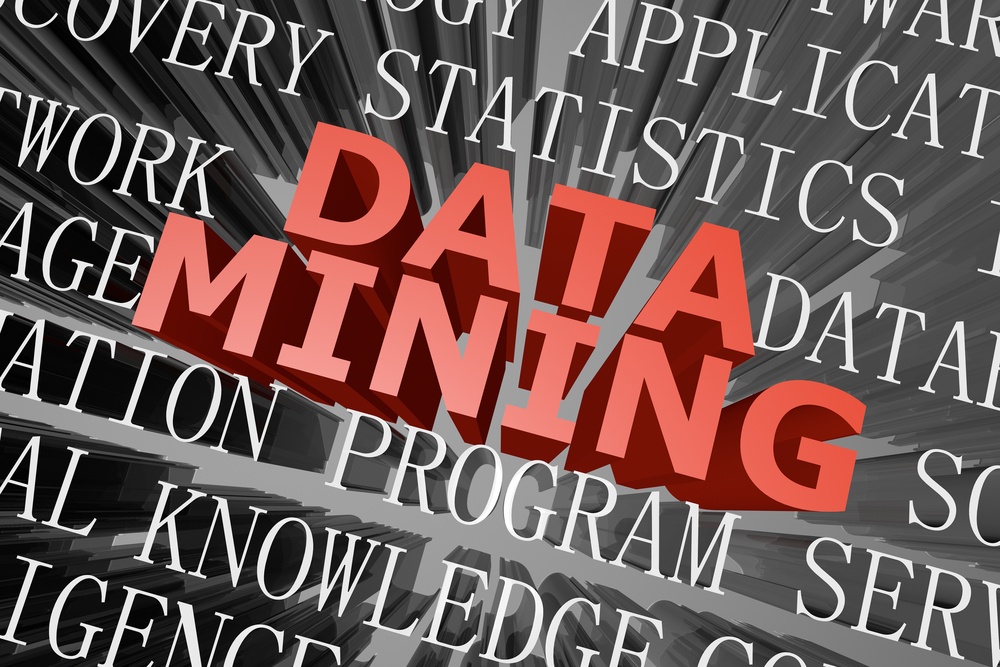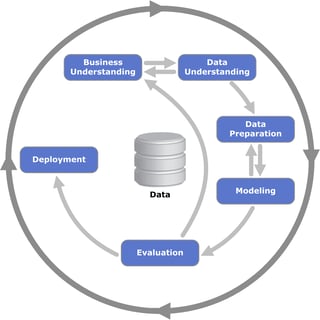Editor's note: Seyed Ziae Mousavi Mojab is a computer science student from Wayne State University in Detroit, MI and currently in ISM 7505: Inbound Information Technology
Data Mining and Business Analytics: Developing a model to solve a typical business problem
 Would you like to know more about the customers’ past experience?
Would you like to know more about the customers’ past experience?- Would you like to predict their future behavior with high accuracy?
- Is the market changing so rapidly, that you feel you are in need of more intelligent reports, and accurate information for a quick and strategic decision?
If you are a decision maker inside a company, and you are concerned about your business' most valuable asset, “customers”, and their relationship, you may need some evolutionary techniques.
One of the main techniques to explore and extract useful information from a huge amount of data is called Data Mining. In general, Data mining is defined as: “the computational process of discovering patterns in large data sets (big data) involving methods at the intersection of artificial intelligence, machine learning, statistics, and database systems." (Wikipedia)
Data Mining can also be considered as a systematic information processing technique to discover valuable knowledge in data. Using statistical methods, or genetic algorithms, data sets can be automatically searched for statistical anomalies, patterns and rules. Data Mining is not something new, and statisticians, for many years, have manually explored, and mined their data. However, the new technologies are helping us use more robust and efficient algorithms to simplify and automate the whole mining process. Using Data Mining techniques, you can adjust your final model to accurately predict the unknown data.
Data Mining Applications
Data Mining is used in a variety of fields and applications such as biological and financial data analysis, business and marketing research, cyber security and retail industry.
In business, for instance, Data Mining is used to increase the business profitability through accurately segmenting and targeting the potential customers, and building a better relationship with them. You can minimize the cost, and maximize your profit by establishing a better customer relationship management system. Data Mining helps you use the information in many effective ways to make a better decision. Customer list segmentation (clustering based on some patterns), prediction of customer behavior, risk management, fraud detection, prediction of cost, and estimation of prices, process optimization, quality control, etc. are some popular applications of Data Mining in business.

Source: Wikipedia
A typical Data Mining process includes the following phases:
- Business understanding: understanding the project objectives and requirements
- Data understanding: collecting the initial data and identifying the data issues
- Data preparation: selecting, cleaning and transforming the data
- Modeling: selecting and applying various DM modeling techniques
- Evaluation: evaluating the results, and reviewing the model
- Deployment: generating a final report, and implementing a repeatable data scoring
Modeling Response to Direct Mail Marketing
One of the many challenges in business is to predict which customers are more likely to respond to a direct mail marketing promotion based on information collected about the customers. Our business objective here is to increase the profits. Therefore, we need to collect some information about our customers (such as: zip code, number of purchase visits, total net sales, and average amount spent per visit, number of marketing promotions on file, number of coupons used by customer, average time between visits, etc.). In Data Mining, these pieces of information are referred to as data variables. Our target variable is “response to promotion”.
Now, by using a Data Mining technique such as “Clustering” we can create a model that based on this model we can identify those customers who are more likely to respond to the direct mail. Therefore, we will only send mails to that group of customers to minimize the mailing cost, and maximize our sales.
Data Mining Tools:
To perform Data Mining you may consider the following list of free open source applications and software:
- Knime: a comprehensive data analytics framework
- Weka: a collection of machine learning algorithms for data mining tasks
- XLMiner: a powerful Data Mining platform for Excel
- R: is a set of integrated tools
Are you still wondering what you can do with Data Mining in business? Look no further, contact Mike Ilitch School of Business at Wayne State University!




